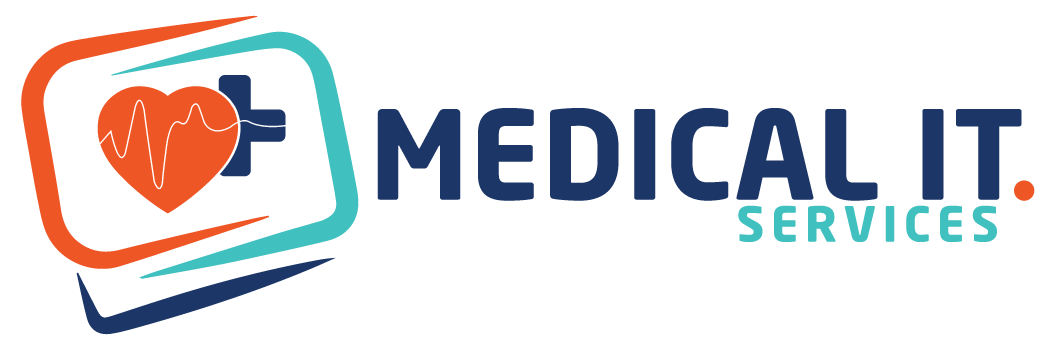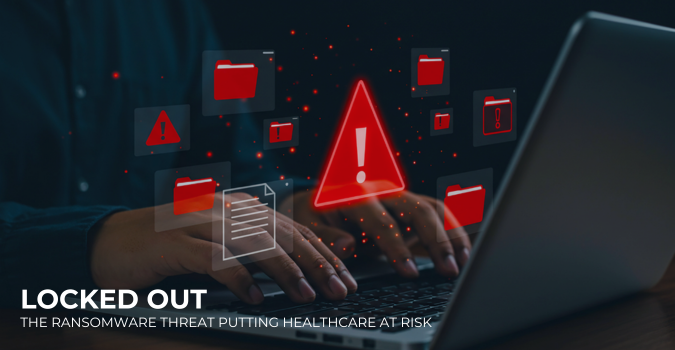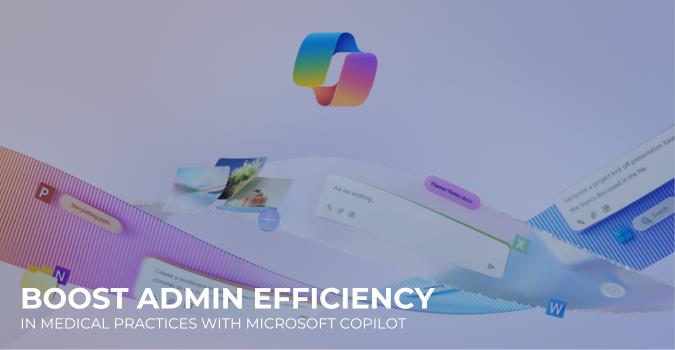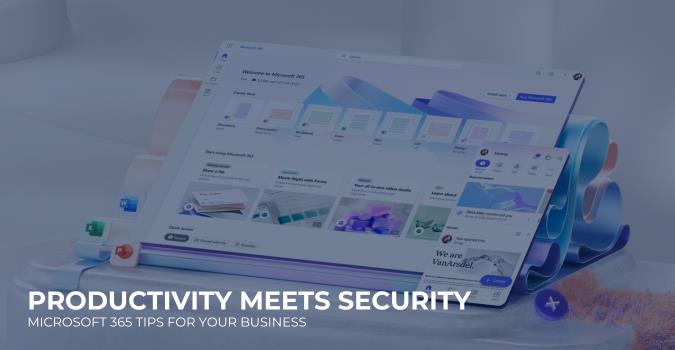While most clinics are busy managing patient flow, compliance, and billing, there’s a silent threat…

Healthcare Technology Trends and Digital Innovations in 2022
As for the latest trends in the healthcare industry that already highlighted the patient’s needs on the market. IT Experts appraise the Internet of Medical Things (IoMT), cybersecurity risk assessment, remote patient monitoring (RPM), Fintech integration, cloud migration, and big data analytics. These technologies have passed the pandemic test and proved their effectiveness in shaping the global digital health landscape.
As we are moving forward into the future, it’s important to remain mindful of the trends driving healthcare technology in 2022. Although legacy software and infrastructure are critical to the success of modern hospitals and care centers, it’s important that we consider how those systems can integrate with newer technologies or how they may eventually be replaced with more reliable systems. The focus should be on improving performance, productivity, efficiency, and security without sacrificing reliability or accessibility.
If you’re ready to explore the tech innovations driving the healthcare sector toward digital transformation this year, let’s take a look at the most important technologies that have the potential to transform the healthcare industry.
Trend #1: Artificial Intelligence (AI) in Healthcare
Across multiple industries, artificial intelligence has made great waves as a useful technology in 2022, especially for healthcare. The global pandemic has had a profound impact all over the world, but digital technology has helped us stay ahead of the curve.
Artificial Intelligence (AI) has also been helpful in analyzing crowd temperature data. This makes thermal screening a much more viable option for identifying potentially symptomatic individuals. Advances in AI-powered facial recognition have also made it viable toward identifying individuals even if they are wearing a face mask.
Trend #2: Telemedicine and Remote Patient Care
Telehealth has come a long way since the beginning of the pandemic in 2020. In 2022, healthcare providers have video conference meetings with their patients over the Internet to discuss concerns and give advice. Telehealth, also known as Telehomecare, is an industry term for home-administered health monitoring. It’s one of the largest trends in telemedicine of the past year.
Telehealth uses mobile technology, including virtual doctor visits and remote patient monitoring tools, to enable permanent access to medical care. These services eliminate the need for nonessential doctor visits and make it easier for patients in rural locations, or without easy access to transportation, to see a doctor or other healthcare professional, including medical specialists of wider specialization.
Trend #3: Cybersecurity and Data Privacy
Data security is still the key concern for the healthcare industry, and cybersecurity will appear relevant among trends in information technology for a long time. All future technological enhancements will stick to the requirement to possess a significant security layer. The ultimate goal is to protect sensitive patient data delivered online.
Since the pandemic, the Health Insurance Portability and Accountability Act (HIPAA) has prescribed companies “to protect the privacy and security of individuals’ medical records and other protected health information (PHI).” As the next step in the industry, healthcare cybersecurity solutions will provide safety beyond end-to-end encryption that stores patient data in cloud storage and still puts it at risk.
Trend #4: Remote Patient Monitoring (RPM)
COVID-19 also contributed to turning remote patient monitoring into the current tendency in the medical field. The rise of virtual healthcare takes many forms, including online appointments, remote care, and video conferencing. And the wide range of IoMT devices empowers RPM with even more opportunities.
The enhancements of RPM have played a significant role in coping with these problems. Thanks to Telemedicine, patients could receive high-quality help from psychotherapists without the need to put their physical health at risk.
Trend #5: Cloud Migration
The cloud migration in the Australian healthcare sector is now in full swing and will see significant growth in the future. According to market research, the cloud computing market is projected to reach AUD 51.9 billion by 2024, from an estimated AUD 23.4 billion in 2019 at 17.2% during the forecast period. Using managed cloud services helps to increase the productivity of your healthcare practice and facilitate the delivery of high-quality, and personalised care.
The implementation of cloud computing in the healthcare industry has streamlined the process of facilitating patient care in Australia. Also, cloud-based medical records have made it easier for healthcare professionals to securely transfer data and share patients’ health information over the Internet.
Trend #5: IoT and Wearables in Healthcare
With wearables and IoT technologies becoming more popular, their potential in the healthcare industry has grown significantly. For applications in telemedicine and telehealth technologies, many have come to call this trend in microprocessing the Internet of Medical Things.
One of the most important innovations in the healthcare industry is the advancement of wearable technology. The ability to monitor the status of a patient throughout the day remotely or for an individual to monitor their own status is incredibly valuable.
Future of Healthcare Technology
As 2022 rolls forward, healthcare technology will continue to improve in every area. Although security will improve across the industry, threats are always evolving that must be dealt with through prevention rather than response. The quality and efficiency of patient care will continue to improve due to groundbreaking and evolving technologies like artificial intelligence, machine learning, and extended reality.
Whether you want to modernize your healthcare organization or open a new medical practice in Australia, time and funding are both on the line. It’s important that you team up with the right Medical IT Services Company that understands your practice needs and business objectives.
Also Read:
How To Create A Holistic Cybersecurity Strategy For Medical Practices?



